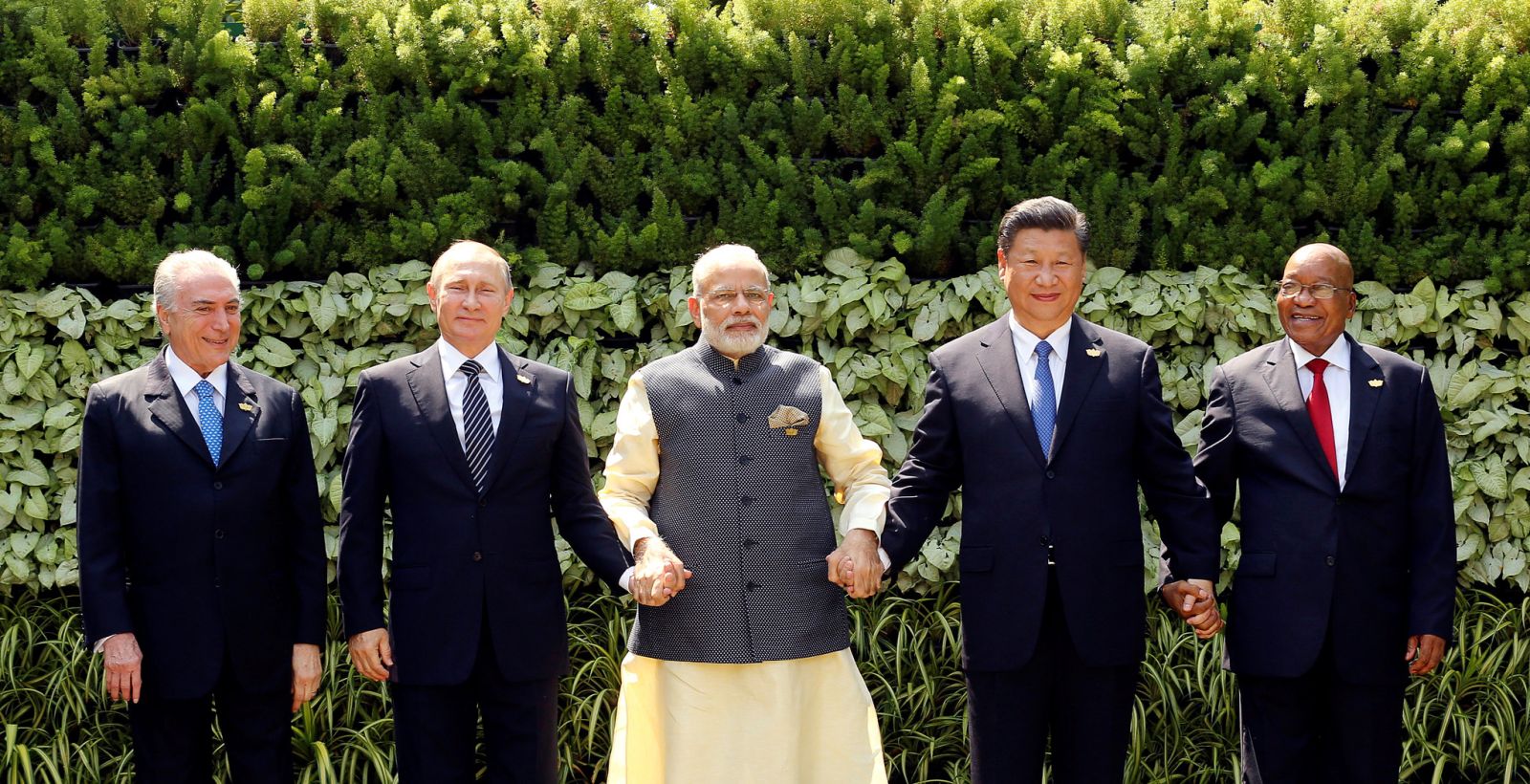India's Multi-Alignment Policy Emphasized

India's multi-alignment policy marks a pivotal transformation from its historical stance of non-alignment, which characterized its foreign policy during the early decades of independence. This new approach reflects a pragmatic and dynamic strategy, enabling the nation to engage with multiple global partners simultaneously and optimize its position on the world stage. The shift from non-alignment, which sought to avoid alliances during the Cold War, to multi-alignment reflects India’s evolving priorities and ambitions in an increasingly interconnected and complex world. This strategy aims to balance diverse and, at times, conflicting relationships while securing India’s economic, security, and strategic interests.
A notable proponent of this policy is External Affairs Minister S. Jaishankar, who has articulated its significance in contemporary geopolitics. According to him, India’s multi-alignment approach facilitates robust collaborations with major powers like the United States in critical areas such as security, technology, and innovation. Simultaneously, it allows the country to maintain strong and productive ties with nations like Russia and China, even amid shifting global dynamics. This dual engagement underscores India’s effort to carve out a unique position as an independent and influential player in global affairs. By fostering diverse relationships, India seeks to amplify its voice on global platforms and secure benefits that align with its national objectives.
One of the primary goals of the multi-alignment policy is to foster economic growth. By engaging with multiple countries, India can attract investments, foster trade, and collaborate on cutting-edge technologies. Partnerships with technologically advanced nations like the United States and European countries help India enhance its innovation ecosystem, bolster infrastructure development, and support its digital economy. Simultaneously, ties with resource-rich nations, including Russia, provide India access to vital energy supplies, ensuring energy security for its growing economy. This economic diversification underscores the importance of multi-alignment in driving India’s development ambitions and sustaining its growth trajectory.
Another critical aspect of this policy is enhancing national security. In a world fraught with challenges such as terrorism, cyber threats, and territorial disputes, India’s ability to engage with diverse partners is crucial. Collaborations with the United States and other Western allies have strengthened India’s defense capabilities, including access to advanced military technologies and intelligence-sharing mechanisms. At the same time, India continues to engage with regional powers, including Russia and China, to address security concerns and stabilize regional dynamics. This balanced approach aims to reduce vulnerabilities and bolster India’s strategic autonomy in an increasingly volatile world.
The multi-alignment strategy also positions India as a responsible global player capable of addressing pressing international challenges. Climate change, terrorism, and pandemics require collaborative solutions, and India’s engagement with multiple partners enhances its ability to contribute meaningfully to these efforts. For example, India’s leadership in initiatives like the International Solar Alliance demonstrates its commitment to global sustainability while reinforcing its partnerships with diverse nations.
Despite its many advantages, the multi-alignment policy is not without challenges. Balancing conflicting interests among diverse partners remains a delicate task. For instance, India’s strong ties with the United States may occasionally clash with its historical partnership with Russia, particularly in areas like defense procurement. Similarly, managing relations with China, a neighbour and competitor, requires nuanced diplomacy. The border tensions between the two countries further complicate this equation, testing India’s ability to maintain a constructive relationship while safeguarding its territorial integrity.
Furthermore, navigating regional dynamics in South Asia adds another layer of complexity. India’s leadership aspirations in the region often meet resistance from neighboring countries, influenced by external powers. This necessitates a careful balancing act to ensure regional stability while advancing India’s strategic goals.
As India continues to assert its influence in a multipolar world, its multi-alignment strategy is seen as a cornerstone of its foreign policy. By engaging with multiple partners, India not only safeguards its national interests but also enhances its ability to shape global norms and decisions. This approach underscores India’s ambition to transition from a regional power to a leading global actor, capable of navigating the complexities of the 21st century. While challenges persist, the multi-alignment policy embodies India’s vision of a resilient, self-reliant, and influential nation on the global stage.
Posted By: Shraddha
.gif)
.gif)



(1).png)

%20(600%20%C3%97%20386px)%20(600%20%C3%97%20329px)%20(500%20%C3%97%20281px)%20(450%20%C3%97%20281px)%20(450%20%C3%97%20253px)%20(386%20%C3%97%20238px).jpeg)
%20(600%20%C3%97%20386px)%20(600%20%C3%97%20329px)%20(500%20%C3%97%20281px)%20(450%20%C3%97%20281px)%20(450%20%C3%97%20253px)%20(450%20%C3%97%20250px).jpeg)
.jpg)
.jpeg)